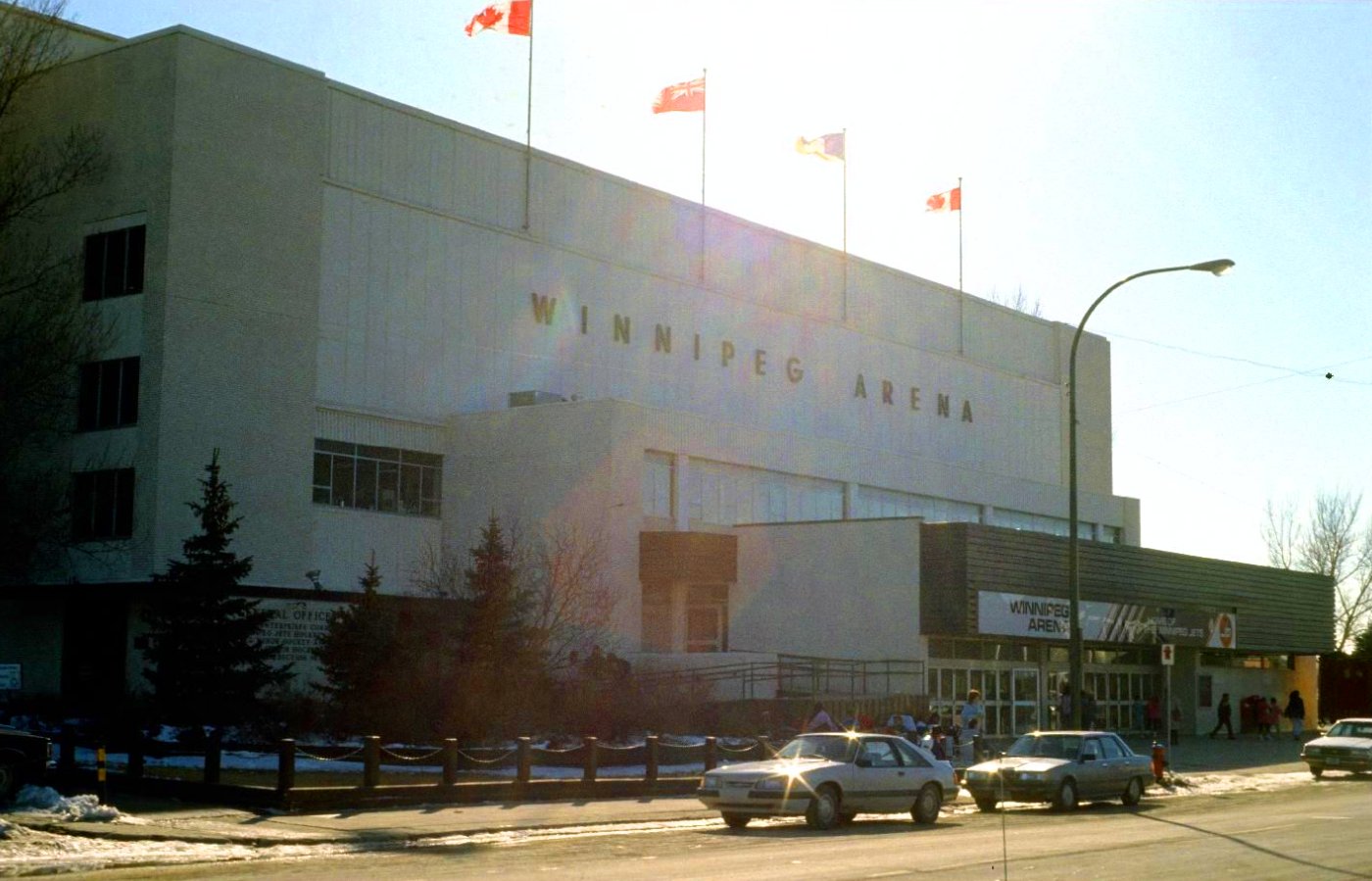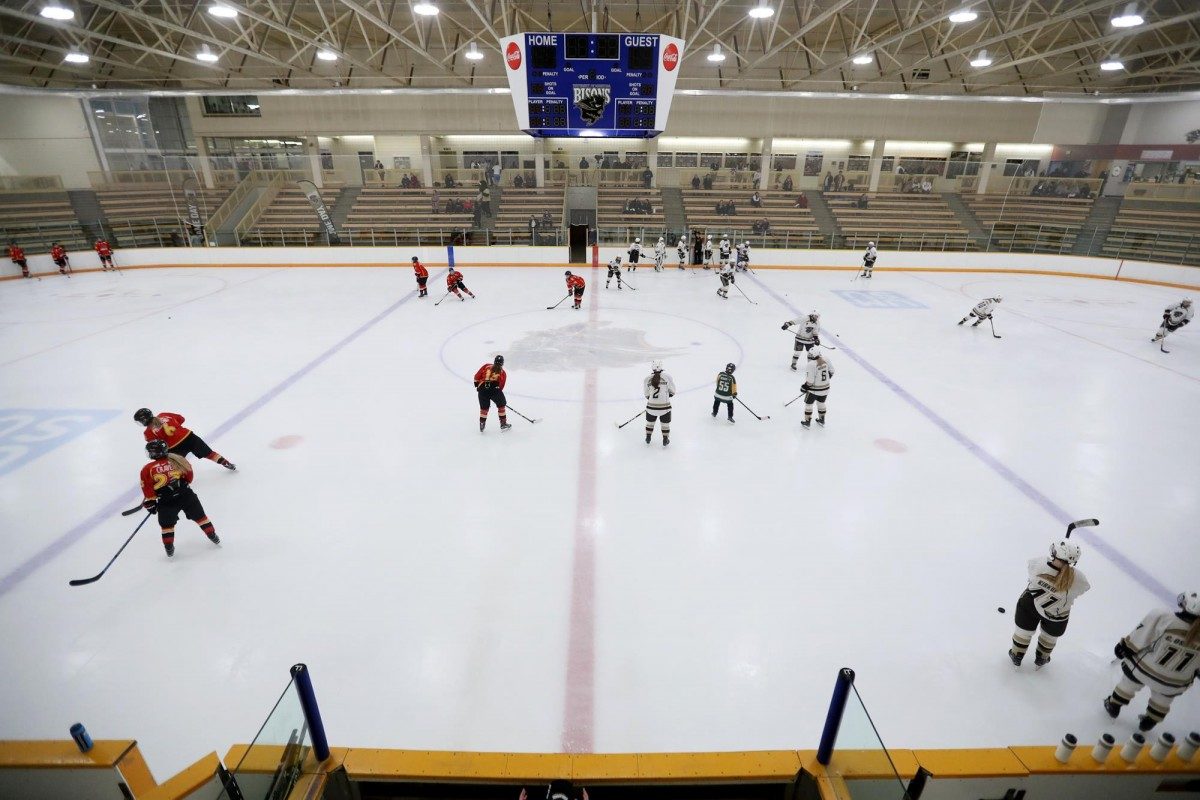Winnipeg’s arena curling in a club project seen as start of cross is more than just a revitalization of a beloved sport; it’s a community-building initiative with the potential to reshape Winnipeg’s sporting landscape. This project aims to unite various curling clubs, leveraging their combined resources and expertise to create a more vibrant and inclusive curling scene. We’ll explore the historical context of curling in Winnipeg, delve into the specifics of this ambitious undertaking, and assess its potential economic and social impacts.
Get ready to discover how this initiative is paving the way for cross-community collaboration and sustainable growth within the Winnipeg curling community.
The project’s success hinges on effective collaboration between stakeholders, including curling clubs, city officials, and private investors. Careful planning and execution are key to achieving the stated goals of increased participation, enhanced economic activity, and a stronger sense of community. We will examine the strategies in place to ensure the project’s long-term viability and address potential challenges along the way.
Winnipeg’s Curling Renaissance: A Club Project and its Ripple Effects

Winnipeg boasts a rich curling heritage, deeply woven into the city’s social fabric. This article explores a significant “club project” aiming to revitalize Winnipeg’s arena curling scene, examining its potential economic and social impacts, collaborative efforts, and long-term sustainability.
Winnipeg’s Curling Scene: A Historical Overview, Winnipeg’s arena curling in a club project seen as start of cross

Curling’s history in Winnipeg is a long and storied one, mirroring the growth and evolution of the city itself. From its humble beginnings as a recreational pastime, it has blossomed into a significant part of Winnipeg’s identity, fostering community spirit and attracting national and international attention.
| Date | Event | Club | Notable Person |
|---|---|---|---|
| 1880s | Early Curling Clubs Established | Various (e.g., St. Andrew’s Curling Club) | N/A |
| 1910s-1920s | Growth of Curling Popularity | Numerous clubs emerge across the city | Local champions and community figures |
| 1950s-1970s | Construction of Modern Curling Arenas | Various clubs build dedicated facilities | Key architects and club presidents |
| 1980s-Present | Increased Professionalization and International Recognition | Increased participation at all levels | Winnipeg-based Olympic curlers |
Compared to other Canadian cities like Ottawa or Calgary, Winnipeg’s curling scene arguably holds a unique position, deeply integrated into the city’s social fabric. While other cities may have larger arenas or more nationally recognized teams, Winnipeg’s strength lies in the widespread participation and strong community bonds fostered by its numerous clubs.
Winnipeg’s arena curling club project is a cool initiative, aiming to boost participation and community spirit. It’s completely unrelated to, say, the surprising news that Sean Hannity is engaged to Ainsley Earhardt of ‘Fox & Friends’ , but both stories highlight unexpected pairings! Hopefully, the curling club will see similar success and build a strong, lasting community.
The “Club Project”: Analyzing its Nature and Scope
The “club project,” a hypothetical initiative for this article, focuses on the collaborative redevelopment of aging curling arenas and the creation of new, modern facilities across Winnipeg. This involves significant investment in infrastructure and aims to enhance the overall curling experience for players of all ages and skill levels.
Key stakeholders include existing curling clubs, the City of Winnipeg (potentially through grants or land allocation), private investors (potentially through sponsorships or direct investment), and community organizations.
The project’s primary goals are to increase participation in curling, improve the quality of curling facilities, and enhance the overall economic and social benefits of the sport in Winnipeg.
Winnipeg’s arena curling club project, aiming to boost participation, faced an unexpected hurdle. Think of it like the drone crash investigated in this report, Une « interférence externe » à l’origine de l’écrasement au , where outside factors played a key role. Similarly, unforeseen circumstances, like scheduling conflicts, could impact the club’s success, highlighting the need for careful planning and adaptable strategies.
A simplified flowchart illustrating the project’s phases might include: Phase 1: Feasibility Study & Funding; Phase 2: Design & Construction; Phase 3: Community Engagement & Launch; Phase 4: Ongoing Operations & Maintenance.
Winnipeg’s arena curling club project is a cool way to get people involved in the sport, and it’s exciting to see how it might spread. It reminds me of how much buzz there is around hockey players, like check out this article about Dobes and his Florida fan Dobes aura une admiratrice particulière en Floride – TVA Sports , the level of fandom is pretty similar! Hopefully, Winnipeg’s curling initiative will create a similar kind of enthusiasm.
Economic and Social Impacts of the Project
The projected economic benefits include job creation during construction and ongoing operations, increased tourism revenue from curling tournaments and events, and potential economic spin-offs for local businesses.
Socially, the project aims to foster increased community engagement, improved physical activity levels, and stronger community bonds through shared participation in curling. It’s expected that local businesses catering to curling enthusiasts will benefit, while others might experience minimal impact or even slight negative effects if resources are diverted.
- Short-Term Impacts: Increased construction jobs, potential disruption to nearby businesses during construction.
- Long-Term Impacts: Increased tourism revenue, enhanced community spirit, potential increase in property values near renovated arenas, job creation in related sectors (e.g., hospitality).
Cross-Community Collaboration and Partnerships

The project actively encourages collaboration between Winnipeg’s various curling clubs, fostering a sense of shared ownership and responsibility. Partnerships are envisioned with local businesses for sponsorship opportunities, with government organizations for funding and regulatory approvals, and with community groups for outreach and engagement initiatives.
The success of this model can be showcased through a hypothetical community event. Imagine a “Curling Carnival” featuring demonstrations, family-friendly games, and local food vendors, bringing together members from various clubs and the wider community. The atmosphere would be vibrant and inclusive, celebrating the sport and the collaborative spirit behind the project.
The Project’s Long-Term Sustainability
Potential challenges include securing ongoing funding, maintaining consistent participation levels across different demographics, and adapting to evolving community needs. To ensure sustainability, the project requires a diversified funding model, including grants, sponsorships, membership fees, and potential revenue generation through events and rentals.
Key Performance Indicators (KPIs) to track success could include: membership growth across different age groups, arena utilization rates, participation in tournaments and leagues, and overall community engagement levels. Regular review and adaptation of strategies will be crucial to ensure the project’s long-term viability and positive impact on Winnipeg’s curling community.
Closing Notes: Winnipeg’s Arena Curling In A Club Project Seen As Start Of Cross

Winnipeg’s arena curling club project represents a significant step forward, not only for the sport itself but for the city’s social and economic fabric. By fostering collaboration and community engagement, this initiative demonstrates the power of shared goals and collaborative effort. Its success will serve as a compelling model for other communities looking to revitalize their sporting infrastructure and strengthen community bonds through shared activities.
The project’s long-term sustainability will depend on continued community support, adaptive strategies, and a commitment to measuring progress against clearly defined key performance indicators. The future of Winnipeg curling looks bright, thanks to this innovative and forward-thinking project.
FAQ Corner
What specific arena(s) are involved in this project?
The specific arenas involved need to be identified in the main body of the text, based on the provided Artikel.
What are the main funding sources for the project?
The funding sources will be detailed in the section on the project’s economic and social impacts and long-term sustainability.
How will the project measure its success?
The project’s success will be measured using key performance indicators (KPIs) that will be Artikeld in the section on long-term sustainability.
Are there plans for youth involvement in the project?
The Artikel doesn’t specifically mention youth involvement, but this could be explored in the social impact section.